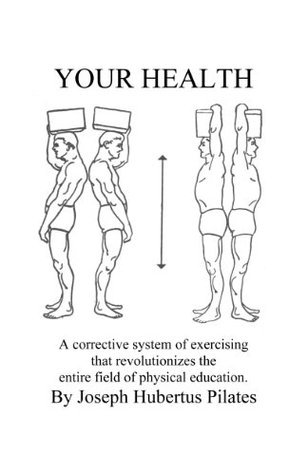Everything you always wanted to know about Pilates
but were afraid to ask

What’s Pilates for?
-
Posture
-
Mobility
-
Strength
-
Flexibility
-
Muscle Tone
-
Balance
-
Focus
-
Breathing
Who’s Pilates for?
Do you have a body? Then Pilates is for you!
Joking asides, Pilates is for every body. Children, teens, adults, seniors, people recovering from an injury, athletes, pregnant, post-partum, there are exercises for everyone. Pilates is a wholly inclusive fitness system.
Isn’t Pilates for women?
See above. And more reading on this topic here.
Is Pilates like Yoga?
A little - insofar as it is physical exercise which requires focus and concentration.
It's also like martial arts, rock-climbing, boxing, gymnastics, skiing, swimming, fencing, horse-riding, biking, running, dance, golf and athletics (and if you already practice any of these activities, Pilates will greatly enhance your performance).
Pilates works the core, right?
It does, but not only.
For a movement to have integrity, it needs to engage the whole body. For instance, the Roll Up is not just an abdominal exercise. It is an articulation of the spine that requires everything, from your heels to the top of your head, to fire up. There's no jerking, no flopping: it is challenging and looks effortless.
Joseph Pilates demonstrating the Roll Up (Return to Life, p. 46)
So… what exactly is Pilates?
It is a system of exercises performed on the Mat (as in the example above) and on various pieces of apparatus specifically designed for the Pilates method. There's a vast array of them, all with funky - and sometimes downright scary - names:
Reformer, Cadillac, Wunda Chair, High (or Electric) Chair, Baby Armchair, High-Back Chair, Guillotine, Ladder Barrel, Low Barrel, Spine/Toe/Foot Corrector, Wunda Straps, Neck Stretcher...
If I had a penny for every time someone mentioned Fifty Shades of Grey on entering the studio for the first time, I'd be on a plane to Vegas. But no-one does it again after they've experienced it, because it's not mindless torture, it's smart exercise.
Mimicking muscles, the springs in the apparatus allow for incremental resistance and controlled movement.
Many exercises can be done on these distinct pieces of apparatus with varying spring settings and countless variations (there are over 500 exercises in the repertoire) but all follow these 6 principles: Centering, Concentration, Control, Precision, Breath and Flow.
So if all you know about the Pilates method is what you have done in a Mat class, then come to the studio so you can experience the rest.
Come and see what the rest of the iceberg looks like.
What is authentic/classical Pilates?
(Clue: not Pilates done to classical music)
Classical Pilates (as opposed to contemporary Pilates) is called such because it remains true to the source, as it faithfully adheres to the exercises devised by Joseph H. Pilates (1883-1967) 100 years ago (that's right, 100 years - check it out). Pilates didn't name his method after himself, he called it "Contrology", the science and art of "the conscious control of all muscular movements of the body" (Your Health, p. 19).
Joseph Pilates was a movement genius who foresaw the physical ailments that would afflict people in the modern world. Put simply: we may live longer but we are less active than our grandparents. Add to this the long hours we spend sitting and staring at screens, and no wonder 60% to 70% of people in industrialized countries suffer from lower back pain (source: World Health Organization).
“Civilisation impairs physical fitness”
Joe said - and that was long before the advent of the smartphone.
The beauty of the Pilates method is that it is suited to every body, from complete beginners to elite athletes. Exercises are part of a coherent system which works each body incrementally according to its needs. The apparatus and the springs can be used to challenge and/or provide support.
Check out the illustration for the cover of his 1934 pamphlet Your Health. Have you witnessed the left hand-side posture (in you or others) recently? Just add a smartphone.
In Classical Pilates, Mat and Reformer routines are also built on a specific set of exercises performed in a particular order. Internalising this repetition is both a way for you to take ownership of your workout and to "reprogram" your body by teaching it to move correctly.
There is no madness to the method, no tricks, no gimmicks (and definitely no Mozart). Just a good, solid workout anchored in sound body mechanics. It works and you will feel it.
Or as Joe Pilates famously put it:







